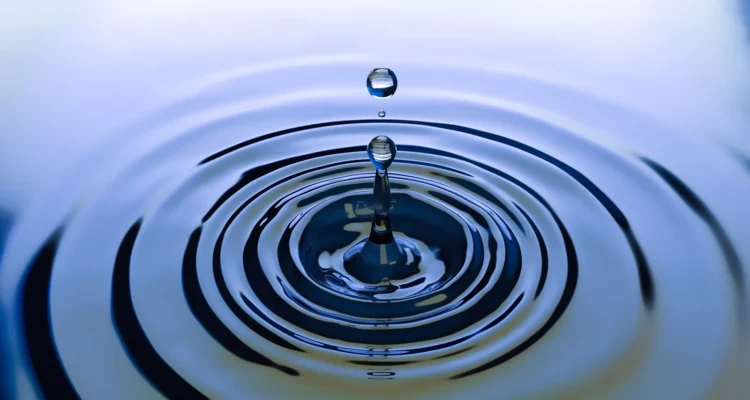The Quest for Clean Water: Chemical Solutions for Water Treatment
Introduction:
Access to clean water is a fundamental human right, yet millions around the globe still face challenges in securing safe drinking water. The journey to ensure clean water involves a complex interplay of various technologies and methodologies, with chemical solutions playing a crucial role in water treatment processes. In this blog, we delve into the fascinating world of water treatment and explore the innovative chemical solutions that contribute to the quest for clean water.
The Importance of Clean Water:
Clean water is essential for human health, agriculture, and industrial processes. Contaminated water can harbor harmful microorganisms, pollutants, and toxins that pose serious threats to both the environment and public health. As populations grow and climate change exacerbates water scarcity, finding effective ways to treat and purify water becomes increasingly critical.
Chemical Coagulation and Flocculation:
One of the primary challenges in water treatment is the removal of suspended particles and impurities. Chemical coagulation and flocculation are time-tested methods that involve the addition of chemicals to water to promote the clumping together of particles. Common coagulants like aluminum sulfate and ferric chloride facilitate the formation of larger, easier-to-remove flocs, aiding in the clarification of water.
Oxidation and Disinfection:
Chemical oxidation is a powerful tool in water treatment, targeting organic contaminants and pathogens. Chlorination, ozonation, and advanced oxidation processes (AOPs) are methods that employ chemical reactions to break down or neutralize pollutants. While effective in disinfection, these processes require careful monitoring to avoid the formation of harmful byproducts.
Activated Carbon Adsorption:
Activated carbon, derived from organic materials like coconut shells or coal, is a versatile chemical adsorbent widely used in water treatment. Its porous structure attracts and traps impurities, including organic compounds, chlorine, and certain heavy metals. Activated carbon filtration is a common step in water treatment plants and home filtration systems alike.
Ion Exchange:
Water softening, a process crucial for preventing scale buildup in pipes and appliances, often relies on ion exchange resins. These resins swap calcium and magnesium ions—the culprits behind hard water—with sodium ions. This chemical exchange improves water quality and protects infrastructure from mineral deposits.
Emerging Technologies:
The quest for clean water continually drives innovation. Emerging technologies, such as graphene-based filters, nanomaterials, and membrane technologies, are pushing the boundaries of water treatment. These advancements hold promise for more efficient and sustainable solutions in the future.
Conclusion:
Chemical solutions play a pivotal role in the ongoing quest for clean water. From traditional coagulation methods to cutting-edge nanotechnologies, the field of water treatment is dynamic and evolving. As we face growing water challenges globally, a commitment to research, innovation, and responsible use of chemical solutions is essential for ensuring a sustainable and clean water supply for generations to come.


